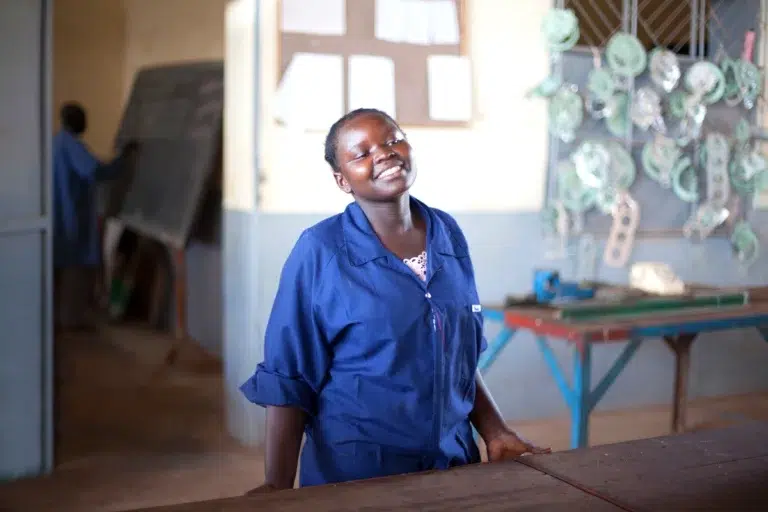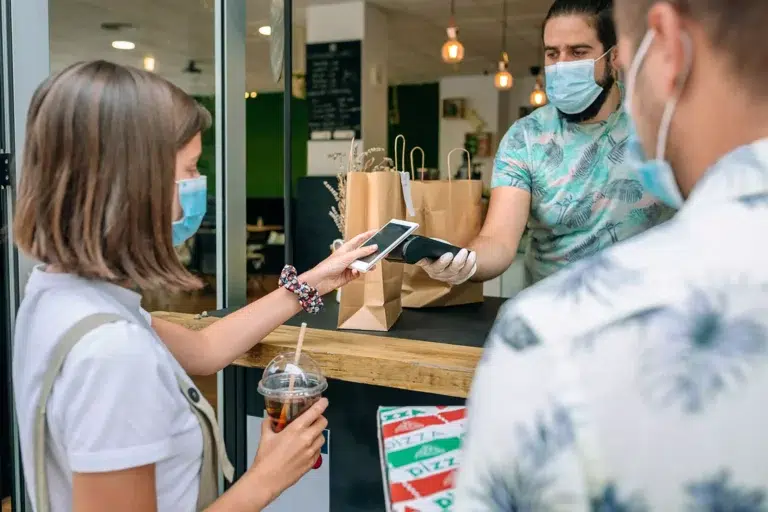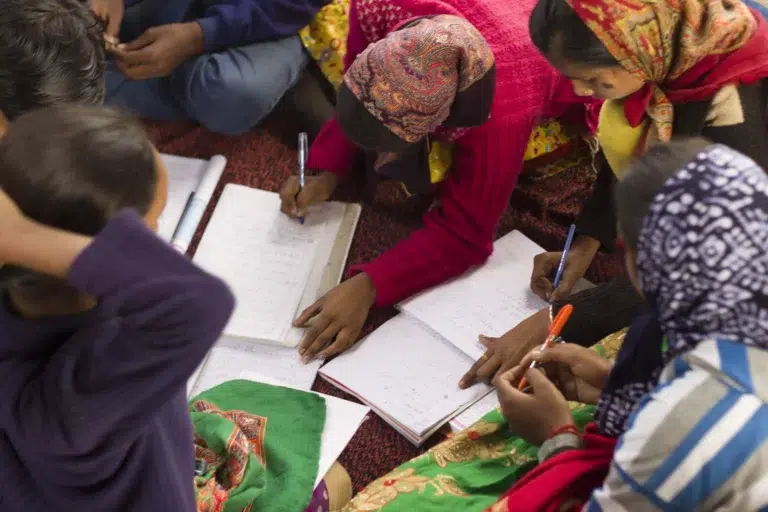Taking part in the circular economy is a necessary step towards sustainability and fighting climate change. Many businesses have made the decision to go circular, moving away from the “take, make, dispose” systems.
But there is another side to the circular economy: the people.
The main social concerns related to the circular economy are employment, health and safety.
As an example of child labour, in India alone, over 40,000 children, between the ages 10 to 14, are employed in recycling facilities.
Moreover, while a transition to a circular economy is estimated to create more than 90 million jobs in the world, there will be a loss of over 81 million jobs in sectors like energy or manufacturing. The net change is positive, but many will be left unemployed.
So how do we address the negative social impact of the circular economy?
Why should social impact be addressed?
Social challenges are relevant for circular businesses, as tackling them can increase impact and visibility. Incorporating social practices is also an opportunity to improve your brand awareness and to differentiate yourself, not only as a circular, but also a social circular business.
Looking for the possible negative consequences of circular models can help you scale your value and circular model. The main message is to consider social impact, circular actions are also social.
Circular supply chains represent a change in how we do business, and many new and old stakeholders are involved. Making sure to take care of the unintended consequences on these stakeholders strengthens your social vision and position as a company engaged with the future.
Assessing your social impact
To help you assess the social impact of your circular economy innovations, we have created a tool: the Social-in-circular Lifecycle Diagram.
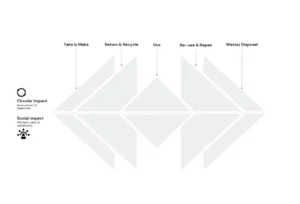
You can create a new product with a sustainability focus and pitch this to your clients. Take Pluumo as an example: this product developed by Aeropowder takes waste (feathers) from the poultry industry and turns them into a new material – a durable insulation product used in packaging. Items are sold in bulk to B2B clients, and Aeropowder make a mark-up on each shipment. This is a straightforward business model, but other monetization techniques exist:
The Social-in-circular Lifecycle Diagram works by putting the social impact assessment next to the circular impact.
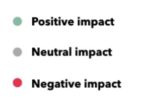 If impact to one of the stakeholders is negative, that phase in the circular lifecycle diagram gets a negative social impact assessment.
If impact to one of the stakeholders is negative, that phase in the circular lifecycle diagram gets a negative social impact assessment.
- Workers: all individuals part of the production, recycling, or reusing plants, involved in your supply chain
- Users: final consumers and buyers of your product (e.g., children and parents/guardians in the toy market).
- Community: all natural and human communities in contact with your production, recycling or reusing plants
- Workers
- Occupational health can safety
- Remuneration
- Child labor, forced labor
- Freedom of association, collective bargaining
- Work-life balance
- Discrimination
- Users
- Health and safety
- Communication
- Privacy
- Affordability
- Accessibility
- Discrimination
- Communities
- Health and safety
- Access to (natural) resources
- Skill development, education
- Community engagement
- Fair trade
- Women's rights
Case: Coca-Cola Recycling Program
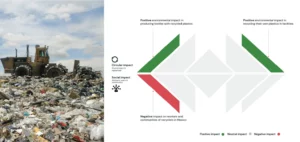
Coca-cola recycling program 2017
Coca-Cola has long been involved in recycling practices, using a % of used plastic to produce their plastic bottles and containers. In 2017, it was reported that in this program, extremely poor families and children in Mexico were employed to collect and sort garbage.
The company has since responded by reviewing their partnerships and establishing new ones with socially driven organizations that provided better working conditions. These new partner organizations, that respect local regulations in children’s work and working conditions, could be considered “neutral”.
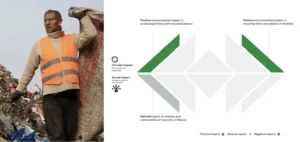
Coca-cola recycling program 2018
Most problems with working rights arise when the company is not properly informed by its partners or third parties. Although working with external partners can still be a good idea, these should be accompanied by an internal control system/strategy that looks for social sustainability. This is a detailed plan you create with your partners to obtain reliable information and metrics that allow you to evaluate the ecological and social impact of your own operations and partner organizations.
Case: Aquafil
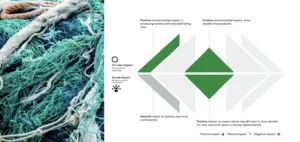
Aquafil business design v1
Deciding to develop a joint-impact strategy, they started employing local fishing communities to obtain used nets. These fishers were also empowered to take part in the design and other decision-making processes, fostering new development and technical skills. They also support local culture and sports clubs, and foster numerous youth training programs. Thanks to their technology, the Aquafil recycled nylon can be more durable than other non-recycled nylon. Aquafil has developed a new unique selling proposition, distancing its strategy to other similar recycled nylon yarns.
Aquafil business design v2
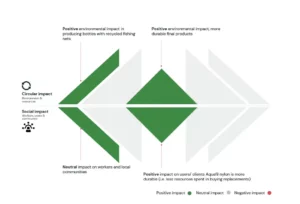
Case: Ananas Anam
Ananas anam business design
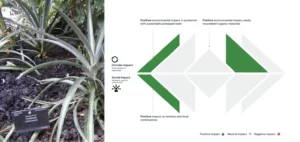
Case: toys with recycled plastics
Sustainable and reusable products need to keep the consumers’ health, security and overall affordability in mind. One interesting case is hazardous plastics in recycled toys or food packaging. Despite the many regulations in place for the use of these materials, toxic chemical components used in the plastic production could remain in waste streams and therefore in recycled materials.
Substances like PBDD/Fs, that have not been officially assigned as toxic factors by the WHO, might put users at risk when reusing plastics with these chemicals. A recent study by UN Environment recognised that “contaminated plastic toys [with re-used plastic containing PBDD/Fs] may significantly contribute to the total dioxin daily intake of young children.”
Only in the EU, the exposure to endocrine-disrupting chemicals in consumer products, with reused materials, had health and economic costs of more than €150 billion per year. The European Environmental Bureau has called toxic recycling, “the main obstacle to the circular economy”.
Toys with recycled hazardous plastics
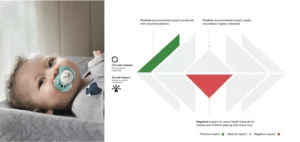
Main takeaways
When developing circular practices, it is important to consider the potential consequences for your stakeholders: workers, communities and users. Striving towards having no negative social impact is a big step forward to becoming environmentally and socially responsible.
But you can go further and attain positive social and environmental goals through your circular practices: engaging communities, for example through working with NGOs or social businesses to employ vulnerable societies in recycling or reusing jobs, can help you develop new partnerships with private and non-private organizations.
The social circular economy helps you develop a unified impact strategy, establishing clear and direct communication to share your positive influence in the people and environment.
